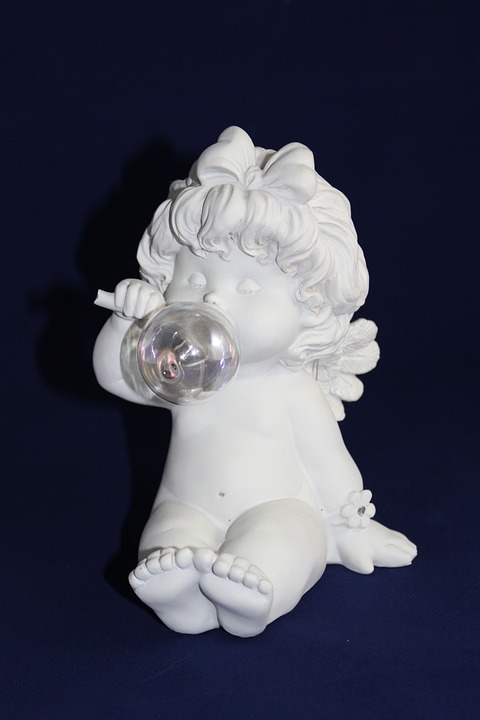Aquariums offer more than just visual appeal – they provide an opportunity to observe and understand the behavioral responses of fish. By delving deeper into the factors that influence their actions, we can gain a comprehensive understanding of their behavior. In this article, we will explore the various aspects of fish behavior in aquariums, including their natural instincts, social dynamics, and environmental influences.
Natural instincts play a significant role in fish behavior. Understanding their innate behaviors, such as feeding, territoriality, and reproduction, helps us appreciate their actions in the confined space of an aquarium. Fish also exhibit shoaling and schooling behaviors, forming groups for various reasons, including protection and enhanced foraging opportunities. These behaviors not only contribute to their survival but also provide a visually stunning spectacle for aquarium enthusiasts. Additionally, examining predator-prey interactions can shed light on how fish respond to potential threats and adapt to survive.
Social dynamics within fish communities are another fascinating aspect of their behavior. Hierarchy and dominance establish pecking orders and significantly impact their behavior. Aggression and agonistic displays occur as fish compete for resources and establish their place within the social structure. Understanding these behaviors is crucial in selecting compatible tank mates and maintaining a peaceful aquarium environment. Furthermore, the elaborate courtship displays and mating rituals of various fish species showcase the intricacies of their reproductive behavior.
Environmental influences also shape fish behavior in aquariums. Water quality, including factors such as temperature, pH, and oxygen levels, plays a crucial role in their well-being. Understanding and maintaining optimal water parameters are essential for promoting healthy behavior. Additionally, the design and layout of the aquarium, including the presence of hiding spots and appropriate tank decor, provide a conducive environment for fish. Furthermore, lighting and photoperiods influence fish behavior, with many species exhibiting diurnal or nocturnal patterns.
To further enhance our understanding of fish behavior in aquariums, let’s address some frequently asked questions:
Q1: Why do fish swim in circles in the aquarium?
A1: Fish swimming in circles can indicate stress, boredom, or a lack of stimulation. Ensuring a varied environment with hiding spots, plants, and regular interaction can help alleviate this behavior.
Q2: What does it mean when fish rub against objects in the tank?
A2: Fish rubbing against objects may indicate parasites, skin irritations, or the need to remove excess mucus. Regular observation, water testing, and appropriate treatment can address this issue.
Q3: How can I reduce fish aggression in my aquarium?
A3: Providing ample hiding spaces, appropriate tank size, and compatible tank mates can help reduce aggression. Ensuring a balanced diet and avoiding overstocking can also contribute to a peaceful environment.
Q4: Why do some fish jump out of the aquarium?
A4: Fish may jump out of the aquarium due to stress, poor water quality, or an unsuitable tank lid. Maintaining stable water conditions, addressing stress factors, and using a secure lid can prevent such incidents.
Q5: How can I replicate a natural habitat for my aquarium fish?
A5: Researching the specific needs of your fish species, including water parameters, tank decor, and companions, can help replicate their natural habitat. Mimicking the conditions they would experience in the wild is essential for their well-being.
Understanding fish behavior in aquariums requires knowledge about their natural instincts, social dynamics, and environmental influences. By creating a suitable environment and providing appropriate care, we can ensure that our aquariums become thriving ecosystems that promote the well-being of our fishy friends. So, dive into the fascinating world of fish behavior and embark on a journey of discovery within your own aquarium.









